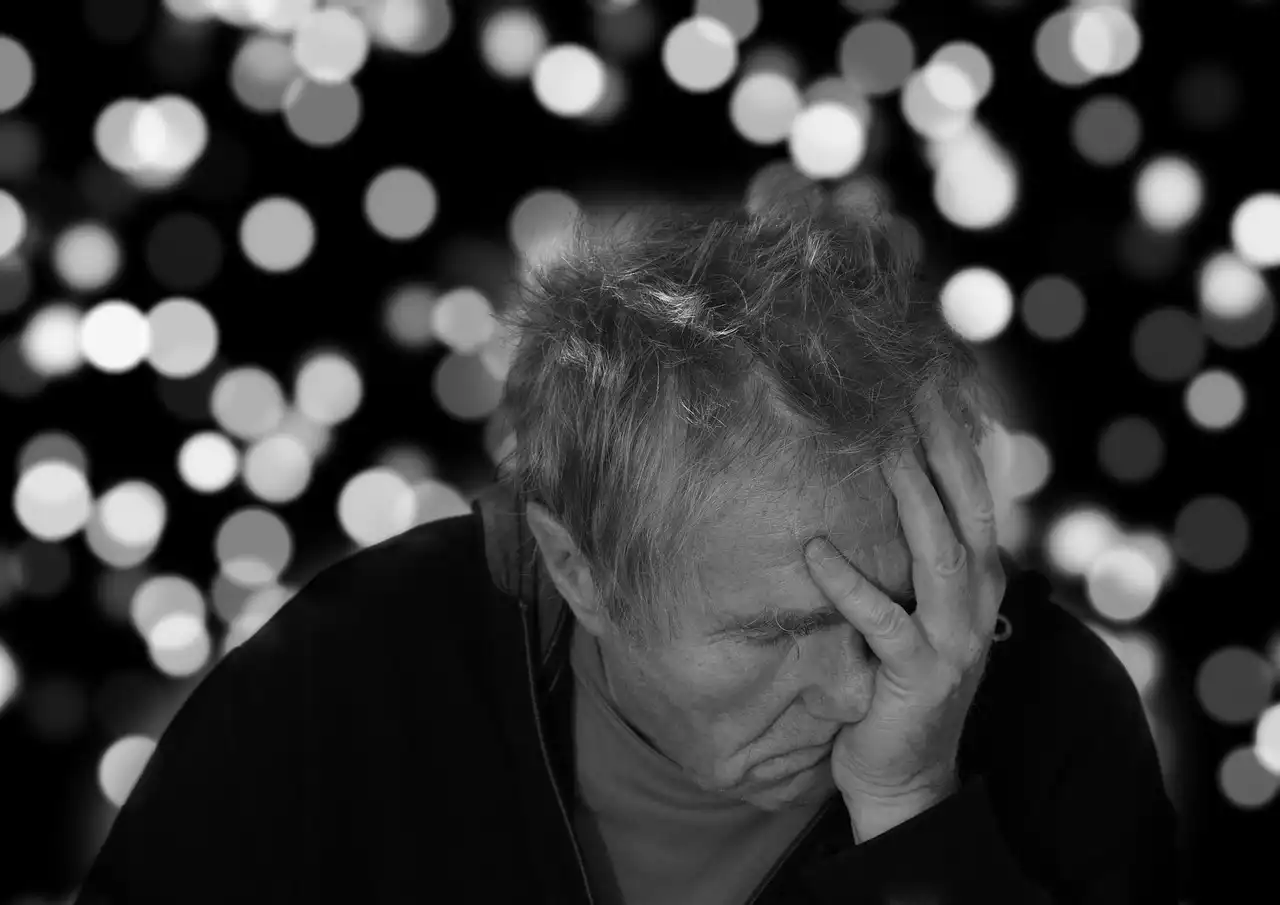What is Seasonal Affective Disorder?
Seasonal Affective Disorder (SAD) is a type of depression that occurs during specific seasons, typically in the fall and winter months. It's often referred to as the "winter blues" or "seasonal depression" and affects approximately 10 million Americans each year. SAD can be a debilitating condition, leaving individuals feeling hopeless, lethargic, and unmotivated.
The exact cause of SAD is unknown; however, researchers believe that it may be related to changes in the body's circadian rhythm, which is responsible for regulating sleep, mood, and appetite. Additionally, a decrease in serotonin levels, a neurotransmitter that affects mood, may also play a role in the development of SAD.
Causes of Seasonal Affective Disorder
The exact cause of SAD is not fully understood, but there are several factors that may contribute to its development. One of the main causes of SAD is thought to be a disruption in the body's circadian rhythm, which regulates sleep, mood, and appetite. Changes in the amount of light during the fall and winter months can cause a disruption in the circadian rhythm, leading to symptoms of SAD.
Additionally, a decrease in serotonin levels, a neurotransmitter that affects mood, may also play a role in the development of SAD. During the fall and winter months, there is less sunlight, which can lead to a decrease in serotonin levels and an increase in symptoms of depression.
Other factors that may contribute to the development of SAD include genetics, age, and gender. Individuals with a family history of depression or SAD may be more likely to develop the condition. Additionally, SAD is more common in women than in men and tends to develop in young adulthood.
Symptoms of Seasonal Affective Disorder
The symptoms of SAD can vary from person to person and may range from mild to severe. Some of the most common symptoms of SAD include:
- Fatigue and lethargy
- Feelings of hopelessness or worthlessness
- Difficulty concentrating
- Irritability
- Loss of interest in activities
- Changes in appetite, particularly craving for carbohydrates
- Weight gain
- Difficulty sleeping
- Social withdrawal
Symptoms of SAD typically begin in the fall or winter months and subside in the spring or summer. If you experience these symptoms, it's important to speak with a healthcare professional for proper diagnosis and treatment.
Diagnosis of Seasonal Affective Disorder
If you're experiencing symptoms of SAD, it's important to speak with a healthcare professional for proper diagnosis and treatment. Your doctor may perform a physical exam and run blood tests to rule out other conditions that may be causing your symptoms.
Additionally, your doctor may ask you to complete a questionnaire or self-assessment to evaluate your mood and behavior. You may also be asked to keep a journal of your symptoms over several weeks to help with diagnosis.
Treatment for Seasonal Affective Disorder
There are several treatments available for individuals with SAD, including light therapy, psychotherapy, and medication. The most effective treatment for SAD will depend on the severity of your symptoms and your individual needs.
Light therapy, also known as phototherapy, is a treatment that involves exposure to bright light for a set amount of time each day. This therapy is designed to mimic natural sunlight and can help regulate the body's circadian rhythm, improving mood and energy levels.
Psychotherapy, or talk therapy, can also be helpful in treating SAD. This therapy can help individuals identify and manage negative thoughts and behaviors that may be contributing to their symptoms. Additionally, psychotherapy can provide individuals with coping strategies to manage their symptoms and improve their overall quality of life.
Medication, such as antidepressants, may also be prescribed to individuals with SAD. Antidepressants work by increasing levels of serotonin in the brain, which can improve mood and reduce symptoms of depression.
Natural remedies for Seasonal Affective Disorder
In addition to traditional treatments, there are several natural remedies that may be helpful in managing SAD. These remedies include:
- Getting outside and spending time in natural sunlight
- Engaging in regular exercise
- Practicing relaxation techniques, such as yoga or meditation
- Eating a balanced diet and avoiding excessive alcohol consumption
- Using a light therapy lamp or light box
While natural remedies may be helpful in managing symptoms of SAD, it's important to speak with a healthcare professional before starting any new treatment.
Lifestyle changes to manage Seasonal Affective Disorder
Making lifestyle changes can also be helpful in managing symptoms of SAD. Some lifestyle changes that may be helpful include:
- Maintaining a regular sleep schedule
- Eating a balanced diet and avoiding excessive alcohol consumption
- Engaging in regular exercise
- Practicing relaxation techniques, such as yoga or meditation
- Spending time outside in natural sunlight
Making these lifestyle changes can help improve your overall mood and energy levels, making it easier to manage symptoms of SAD.
Coping strategies for Seasonal Affective Disorder
In addition to treatment and lifestyle changes, there are several coping strategies that can be helpful in managing SAD. Some coping strategies that may be helpful include:
- Engaging in activities that you enjoy, such as hobbies or socializing with friends
- Practicing stress-reducing techniques, such as deep breathing or progressive muscle relaxation
- Setting realistic goals and prioritizing tasks to avoid feeling overwhelmed
- Seeking support from friends, family, or a mental health professional
Coping strategies can help individuals manage their symptoms and improve their overall quality of life.
Prevention of Seasonal Affective Disorder
While it may not be possible to prevent SAD, there are several steps you can take to reduce your risk of developing the condition. Some of these steps include:
- Spending time outside in natural sunlight
- Engaging in regular exercise
- Practicing relaxation techniques, such as yoga or meditation
- Eating a balanced diet and avoiding excessive alcohol consumption
- Using a light therapy lamp or light box during the fall and winter months
By taking these steps, you may be able to reduce your risk of developing SAD or manage your symptoms more effectively if you do develop the condition.









